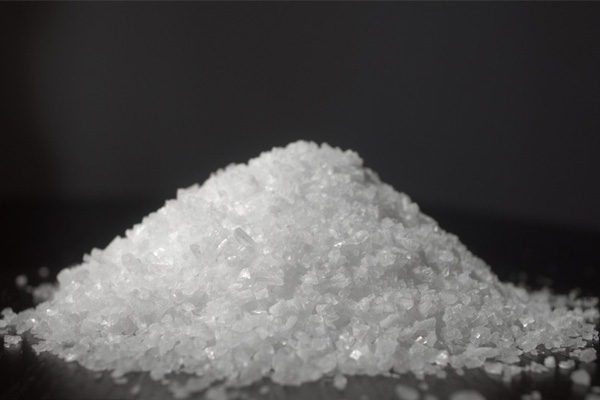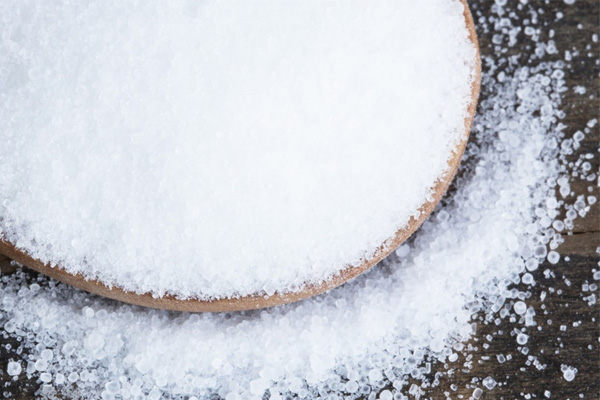Sodium hydroxide, also known as caustic soda and caustic soda, with the chemical formula NaOH, is a highly corrosive strong alkali, usually in white flakes or particles. It can dissolve in water to form an alkaline solution, as well as in methanol and ethanol. Sodium hydroxide has deliquescence and can absorb water vapor from the air, as well as acidic gases such as carbon dioxide and sulfur dioxide.
Sodium hydroxide has strong corrosiveness, and both solid and its solution can burn the skin, causing permanent damage (such as scars) to those without protective measures. If sodium hydroxide is allowed to come into direct contact with the eyes, it can even cause blindness in severe cases. Personal protective measures, such as rubber gloves, protective clothing, and goggles, can greatly reduce the risk of exposure to sodium hydroxide. It can be used for the production of paper, soap, dyes, rayon, petroleum refining, cotton fabric finishing, purification of coal tar products, as well as food processing, wood processing, and mechanical industry.
Sodium hydroxide is widely used in the national economy, and many industrial sectors require it. The department that uses sodium hydroxide the most is the manufacturing of chemicals, followed by papermaking, aluminum smelting, tungsten smelting, artificial silk, artificial cotton, and soap manufacturing. In addition, in the production of dyes, plastics, pharmaceuticals, and organic intermediates, the regeneration of old rubber, the electrolysis of metal sodium and water, and the production of inorganic salts, a large amount of caustic soda is also used to produce borax, chromium salts, manganese salts, phosphates, etc. Meanwhile, sodium hydroxide is one of the important raw materials for producing polycarbonate, super absorbent polymer, zeolite, epoxy resin, sodium phosphate, sodium sulfite, and a large amount of sodium salt.
Land transportation requires that aluminum or zinc cans cannot be used to transport the source, as sodium hydroxide is a strong alkali and its solution will react with aluminum and zinc to generate hydrogen, sodium metaaluminate, or sodium metazinate. Seal and fill it up, because if there is air, sodium hydroxide will deteriorate and generate sodium carbonate and water. Firstly, inject protective gas such as nitrogen and oxygen into the tank, drain the air as much as possible, then add sodium hydroxide solution, slowly discharge the protective gas, and then seal and transport it.
 Application and precautions of sodium hydroxide
Application and precautions of sodium hydroxide
 What are the precautions for transportation of sodium hydroxide?
What are the precautions for transportation of sodium hydroxide?
 How to transport and use trisodium phosphate
How to transport and use trisodium phosphate
 Do you know the difference between sodium metabisulfite and food grade sodium metabisulfite?
Do you know the difference between sodium metabisulfite and food grade sodium metabisulfite?